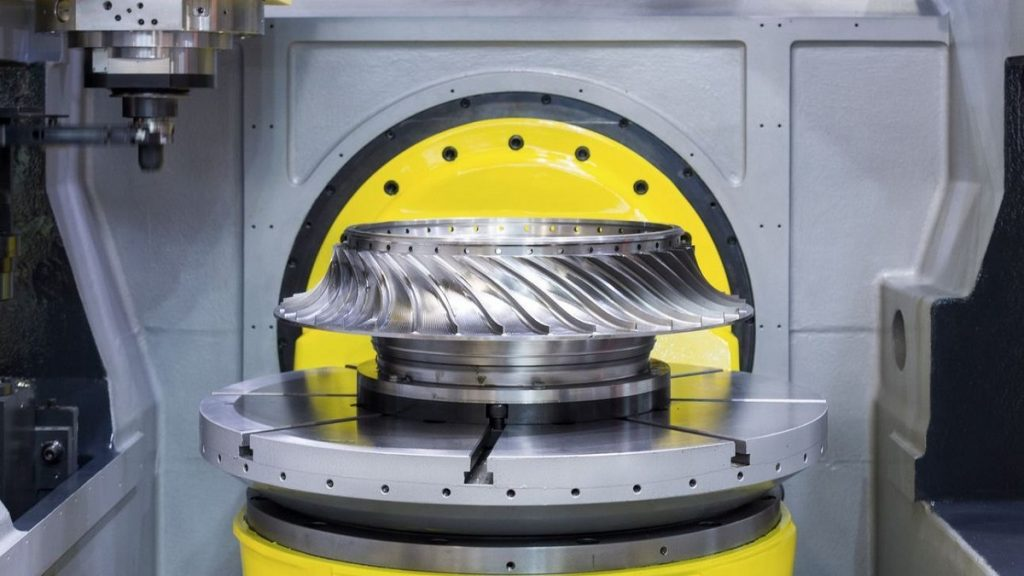U.S. Machinery Orders Shows Resilience Despite Mounting Headwinds
New orders of metalworking machinery, measured by the U.S. Manufacturing Technology Orders Report published by The Association For Manufacturing Technology (AMT), totaled $529.4 million in August 2025. This was a 36.2% increase from July 2025 and nearly a 45% increase from August 2024. Machinery orders placed through August 2025 totaled $3.44 billion, an 18.3% increase over the first eight months of 2024.
Since January 1998, only 29 months have exceeded $500 mil and nearly half (44.8%) have been since June 2021. This underscores the strength of the manufacturing sector following the 2020 COVID recession despite high uncertainty and numerous headwinds.
The value of orders in August 2025 from contract machine shops, the largest customer of manufacturing technology, was the largest since March 2023, yet the number of units ordered failed to surpass levels seen as recently as March of this year. As a result, the average order value, a general proxy for the level of automation or complexity, was the highest among job shop orders since August 2011.
Orders from aerospace manufacturers fell 20% from July 2025. Unlike in previous examples of strikes in the aerospace sector, the recent strike of Boeing machinists may have slowed investment slightly. Despite the monthly decline, the value of orders placed was still 23% above the average monthly order value since January 2021.
Manufacturers of construction machinery placed their largest order for manufacturing technology since September 2012. Despite falling from the peaks in 2024, construction spending on manufacturing facilities remains at an extraordinarily elevated level. Additionally, manufacturers of ventilation, heating, air conditioning, and commercial refrigeration, an industry generally correlated with construction activity, increased orders in August 2025, to a level nearly 50% higher than their average monthly order value.
While machinery orders have shown resilience through August despite several economic headwinds, there remain several sources of uncertainty which could hamper additional investment in the remainder of the year. Several infrastructure projects were shuttered after the federal government shutdown began on October 1. For those manufacturers who rely on government-funded projects, investment in additional machinery could be delayed until the reliability of those projects is assured. Additionally, the inclusion of manufacturing technology in the most recently released schedule of products subject to tariff could stymy additional investment in the technology necessary to expand and improve the American industrial base.
For more information: www.amtonline.org



